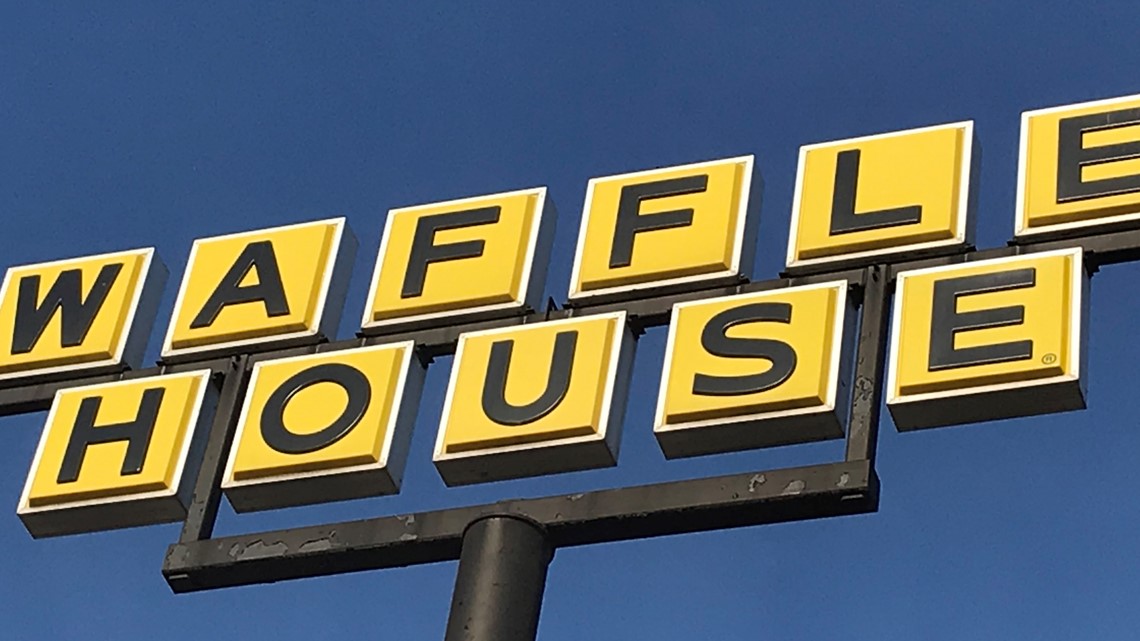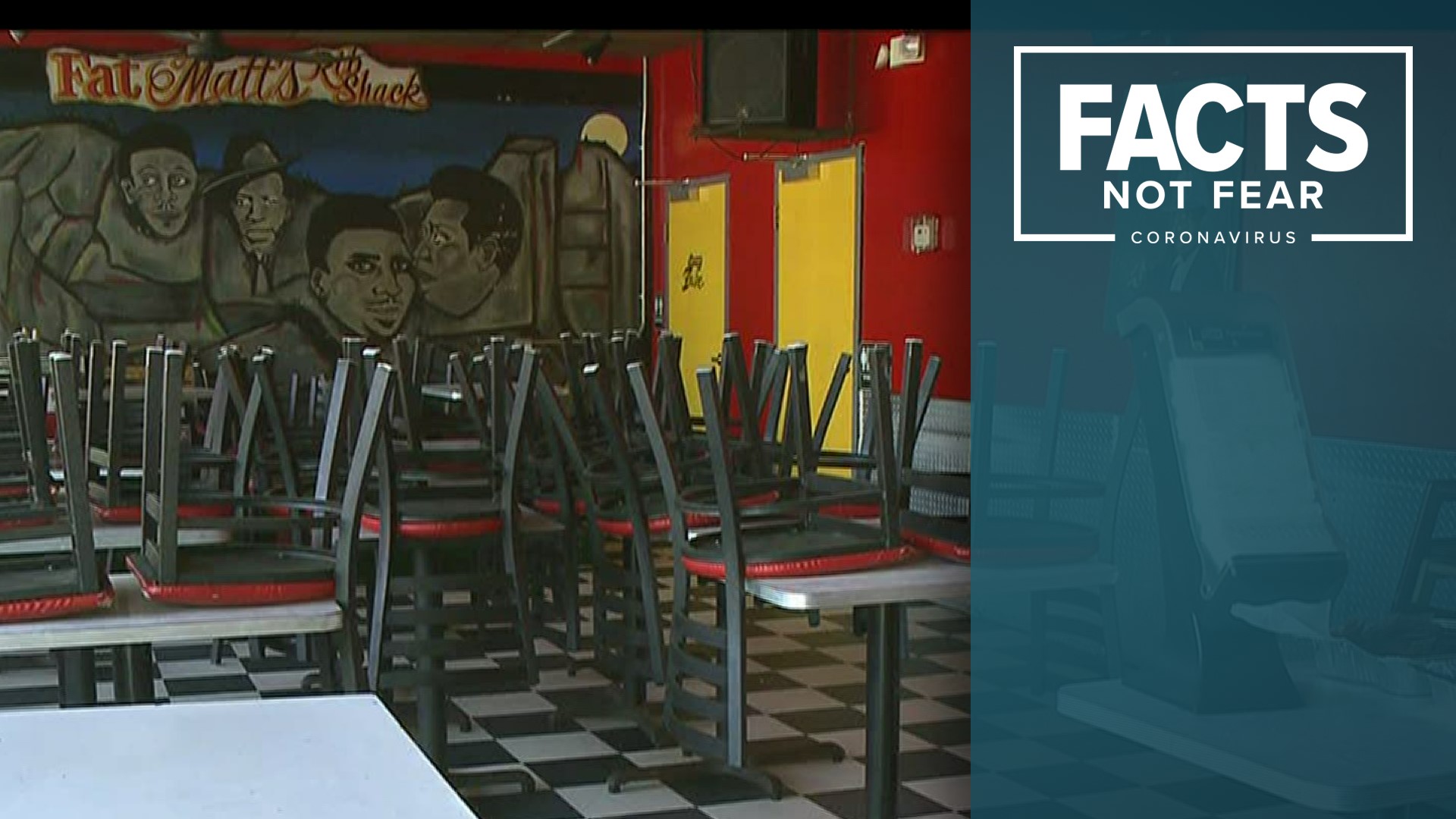ATLANTA — Georgia Gov. Brian Kemp gave a big thank you to Waffle House for their work in restructuring their operations in order to reopen their restaurants on Monday.
"My thanks to @WaffleHouse CEO Walt Ehmer and the entire Waffle House family on their work to restructure their operations and ensure they can get back to serving customers safely! #gapol," Kemp said in a Tweet, on Saturday.
The iconic Atlanta-based chain has 400 locations across the state of Georgia and has had to make major adjustments during the coronavirus pandemic, shifting to a carry-out and delivery only model.
With the governor's decision to reopen restaurants, the iconic Atlanta-based eatery will have to make major adjustments to its operations in order to reopen their doors.
Employees will all have to wear face masks, and booths will have to be staggered.
In addition, according to a published interview with the chain's CEO, patrons waiting for a seat at Waffle House locations will have to wait outside. In addition, they will have to operate with a skeleton crew.


The chain, with nearly 2,000 locations across much of the southern United States, is noted for its locations always being open, serving meals at all times of the day and night.
As a result, when more than 400 of the diner-style restaurant's locations were forced to close their doors in late March due to the pandemic, it was apparent that some painful decisions were being made.
"Hour by hour, Waffle House’s reality is changing. We continue to adapt as different restrictions are imposed on how businesses can operate," they told 11Alive at the time.
The reliability of Waffle House in a given area is such that the Federal Emergency Management Agency uses local Waffle House locations as a measure regarding the toll that Mother Nature has taken in an area following a natural disaster like a hurricane or tornado.
In 2011, former FEMA director Craig Fugate mentioned what he called the Waffle House Index as a measure of this.
"The Waffle House test just doesn't tell us how quickly a business might rebound — it also tells how the larger community is faring," said a FEMA blog post from 2011. "The sooner restaurants, grocery and corner stores, or banks can re-open, the sooner local economies will start generating revenue again — signaling a strong recovery for that community."
In a 2016 edition of the NPR series "Wait Wait, Don't Tell Me," Fugate described the test, saying it came out of the 2004 hurricane season, when he was the state emergency management director in Florida.
"They are open most of the time. And that was the index. If a Waffle House is closed because there's a disaster, it's bad. We call it red. If they're open but have a limited menu, that's yellow," Fugate said. "If they're green, we're good, keep going. You haven't found the bad stuff yet."
Behind the pandemic, the Waffle House Index may have to be redefined in some form.
Perhaps they will go to a number-based scale or something -- maybe in the same manner that the scales that tornadoes and earthquakes were redefined over the past few decades. Time will only tell.
11Alive is focusing our news coverage on the facts and not the fear around the virus. We want to keep you informed about the latest developments while ensuring that we deliver confirmed, factual information.
We will track the most important coronavirus elements relating to Georgia on this page. Refresh often for new information.
MORE CORONAVIRUS HEADLINES |

